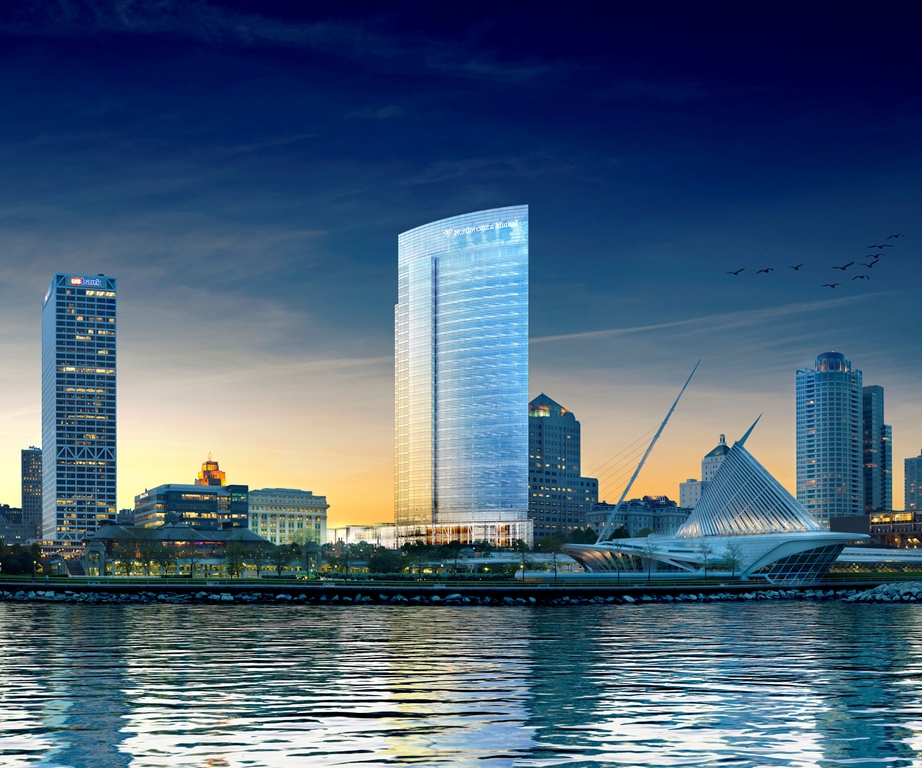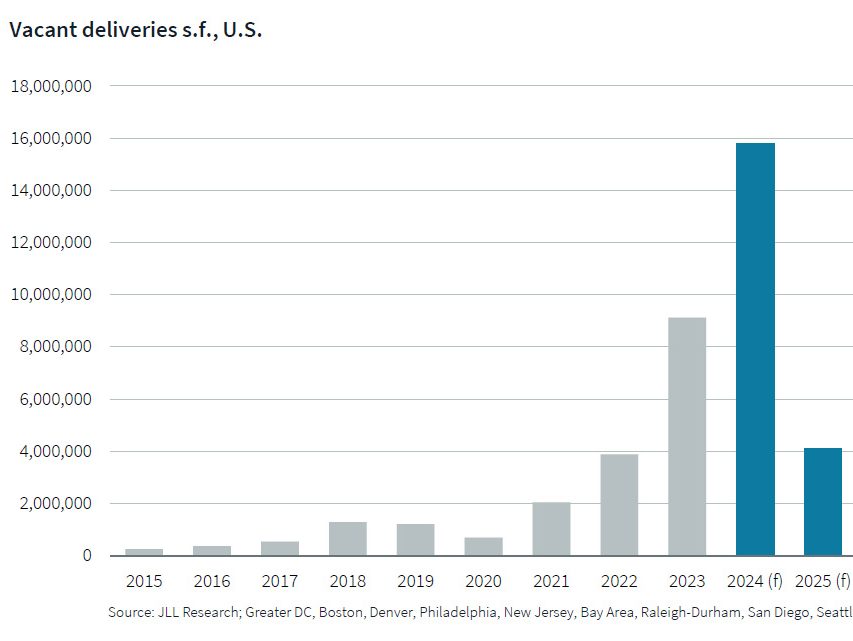May Issue: Energy—Seeing the Light
More owners, developers, property managers and architects are incorporating high-tech lighting fixtures into their buildings.
By Amanda Marsh, Contributing Writer
Only five years ago, an LED lightbulb cost upwards of $50, making the cost of switching from compact fluorescent lighting (CFL) fixtures steep. But prices have been dropping steadily since then, and today, more owners, developers, property managers and architects are incorporating the high-tech lighting fixtures into their buildings. These professionals cite six good reasons to take a new look at LED lighting:
■ Shorter payback periods. “While LED technology has been around for 15 years, only in the past two or three years has it matured,” said Jay Black, director of sustainability for SL Green Realty Corp. This makes LEDs a more economical choice for areas that require 24/7 lighting, such as stairs, lobbies, mechanical areas, basements and garages.
By the end of the year, SL Green expects to have retrofitted 40 office properties totaling 22 million square feet in New York City and nearby suburbs, including Manhattan towers like 1515 Broadway, 420 Lexington Ave. and the LEED-EB Gold-certified 100 Park Ave. Black said that the REIT has committed $4.8 million for the program from 2012 through 2015, installing more than 35,000 LED lamps in core and common areas. So far, the initiative has saved $1.4 million annually in reduced energy, material and replacement costs. In addition, the program has earned $675,000 in rebates. Estimated payback time: less than three years.
When upfront expenses, lifecycle costs and outlays for maintenance are tallied, the payback period for LED lighting is now three to five years at most, added David Robinson, who oversees electrical design in Hines’ development projects as senior vice president of conceptual construction. That represents a sharp drop from payback periods that once stretched to 15 years.
■ Better warranties. Black strongly recommends fully vetting LED products through testing and analysis of cost, payback, life-span, warranties and customer service. Vetting is particularly important because so many startups have entered the arena. “You want to make sure the manufacturer will be there in five years in case you have any problems,” he explained. Among products that have passed muster with SL Green are fixtures and controls from Cree Inc., Philips Electronics L.V. and Revolution Lighting Technologies Inc.
Warranties also continue to improve, Black said, and some fixtures now boast 10-year guarantees. As typical warranties run from six to eight years, “that’s a very attractive time period,” he noted.
■ Plenty of options. For new construction, developers are increasingly looking at LED implementation, noted Daniel Hartsig, manager of new construction for Transwestern sustainability services. The seemingly endless variety of shapes and sizes of LED fixtures can meet all lighting needs, from decorative lighting to factory T8 tubes and even panel lighting.
“The LED profile is smaller, which means we can use them in tighter clearances, especially for decorative lighting,” said Erica Godun, senior associate & director of interiors for FXFOWLE Architects, adding that LEDs are taking a higher profile in the firm’s projects. A difference of even a few inches can make a big difference in compact spaces like display cases. And because fixtures come in so many sizes, you can avoid the cost of ordering custom fluorescent lamps, which are headaches to replace, she noted.
■ Compatibility and durability. Another feature that makes the switch to LEDs inexpensive is that it’s no longer necessary to change out the ballasts from a CFL fixture. Instead, you can make a like-for-like switch from a T8 CFL bulb to a T8 LED bulb, saving money on labor and expenses. The typical lifespan of a T8 LED bulb is upward of 50,000 hours, versus 28,000 to 30,000 hours for a T8 CFL, noted Jason Gilbert, a commissioning analyst for sustainability services with Trans-western. By contrast, some lower-end CFLs last for as little as 12,000 hours. “You can go through four of the low-end bulbs for the life of one LED bulb,” Gilbert said. Sodium bulbs, used mostly for exterior lighting, can also be easily swapped out.
■ Safety. LEDs are environmentally safer than CFLs, Gilbert pointed out. He related the example of a public school that had to limit the number of CFL lamps it stored on campus because they contained mercury. That effectively turned the school’s storage room into a biohazard.
■ More control options. Shorenstein Realty Services L.P., too, has been replacing common-area and exterior lighting, as well as spotlight and accent lighting, with LEDs, said Kevin Kirk, the firm’s engineering manager for the West Coast. “(Switching) to LEDs in those areas is inexpensive and offers a fairly instant payback, and you can do a lot with LED systems,” he explained.
One product Shorenstein uses for exterior lighting is Sensity Systems, which embeds sensing and networking technology in both retrofitted and LED luminaires. This allows the owner to use occupancy sensors, turn on and off or dim individual lights and even attach wireless security cameras to the system, Kirk noted.
One area where LEDs have gained less traction than in others is individual tenant spaces, because of the sheer number of lighting fixtures they require. “It isn’t economically feasible until the prices of LEDs come down even more,” Kirk noted.
Right now, he noted, swapping 25- and 28-watt CFL bulbs for 16-watt LED bulbs doesn’t yield a significant cost benefit. Before putting LEDs in tenant spaces, Shorenstein is testing features such as brightness and comfort level by installing them first in mechanical areas, he said.
Many earlier concerns about LEDs have been rectified, Robinson noted. The new generation of bulbs is more aesthetically pleasing, and manufacturers have fixed problems with glare. But what will really help promote wider acceptance is that LED technology is inherently dimmable, making it perfect for automatic lighting control and daylight-harvesting systems, he added.
“We’re anticipating more adoption into the office environment itself, and it’s reaching that tipping point,” Robinson said. Hines’ build-to-suit clients and larger tenants are already inquiring about using LED lighting in their spaces.
For instance, Hines is evaluating interior office lighting for the 1.3 million-square-foot Northwestern Mutual Life Insurance Co. headquarters that it is developing in Milwaukee (LEDs are already planned for the lobby, common and dining areas).
Meanwhile, a 400,000-square-foot corporate headquarters Hines is developing in Houston will have an all-LED interior with a variety of control options, allowing property managers to manipulate the lighting in a variety of ways, from the granular level to groupings. Both projects are scheduled to open in late 2016.







You must be logged in to post a comment.